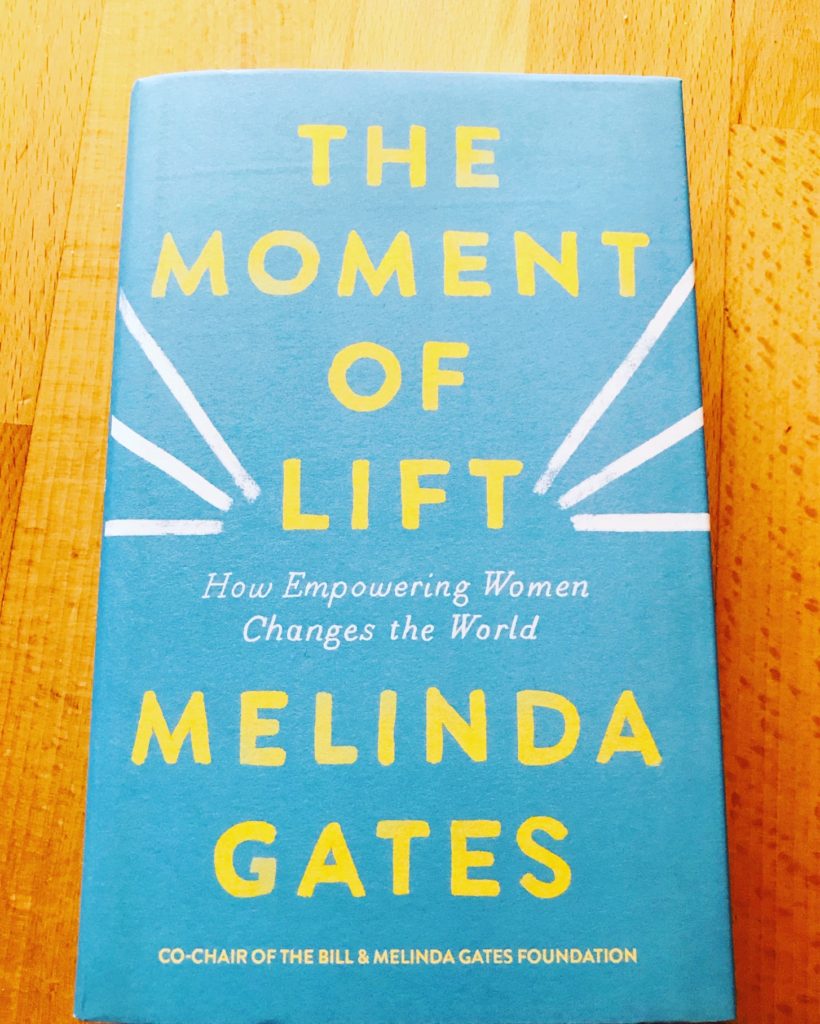 My latest articles for Frost (with the exception of my last) have all been based around why I write and read romance. I’ve written about the universality of romance and about how I see the genre as one that gives hope. Today I’m going to talk about something a little more controversial, about why I think the romance genre can have a bad name.
My latest articles for Frost (with the exception of my last) have all been based around why I write and read romance. I’ve written about the universality of romance and about how I see the genre as one that gives hope. Today I’m going to talk about something a little more controversial, about why I think the romance genre can have a bad name.
When I was first published I had so much support but I also encountered a lot of bias from friends who were unable to understand why I chose to write romance, dismissive of the genre as pure trash (their words). It is not an uncommon view, even people who love the genre often refer to it as such with a self-deprecating laugh.
But why? I can’t help but think this bias harks back to the birth of the popular romance novel specifically written for women a couple of hundred years ago because delicate female minds couldn’t possibly expect to understand the intricacies of politics, economics, science. The world has moved on from such misogyny, yet despite us recognising today that skill in all sorts of arenas is not gender based, society is still struggling to shift the notion that romance books are somehow lesser, that their readers, and writers, lack erudition. We  accept in life that you have to be remarkably skilled to make things look easy and somehow we still don’t apply this to books considered easy reads. I know so many people, women and men, who love to escape with a romance novel precisely because it’s an escape. If a book is effectively providing a haven, you are losing yourself in its world, then it is well-written.
accept in life that you have to be remarkably skilled to make things look easy and somehow we still don’t apply this to books considered easy reads. I know so many people, women and men, who love to escape with a romance novel precisely because it’s an escape. If a book is effectively providing a haven, you are losing yourself in its world, then it is well-written.
When we look at the romance genre and remove this bias and examine what romance and its broad range of sub-genres really are, we see that it tends to be fiction that centres around friendship and family life with the thrill of romance and often a dash of good sex thrown in as well. They are books that usually put women at the fore (an exception being MM romances). We also know from what is (or certainly was) on the curriculum in schools that it’s largely male-centric books that society deems worthy of reading. If you examine the syllabi when I was growing up, you will see that predominantly books written by men for men about men were considered literature. This contributes to shaping society’s attitudes about what constitutes a good book. Whilst I genuinely believe this is changing now (hurrah!) and particularly within the last decade – women-centric books are now universally accepted as literature – it seems that easy-to-read books about women having fun or getting caught up in romance are still deemed less worthy.
Romance books frequently examine love and affection, how it’s human to crave it; they open up discussions about love, loneliness, sexuality and so forth which allows for conversations about these things to become normalised. They have done this for centuries, from women gossiping about the latest romance in Regency coffee houses to chatter over the water cooler about Christian Grey. And where there is discussion there is education, an increased awareness of others’ (and self) needs and preferences can only be a good thing. There are always lessons to be learned in life about understanding ourselves and others, improving communication and strengthening the relationships we have with people. If romance helps this and the bias against it harks back to attitudes we know are outdated then surely, regardless of personal taste, it’s time for romance novels to be accorded the respect they deserve.


